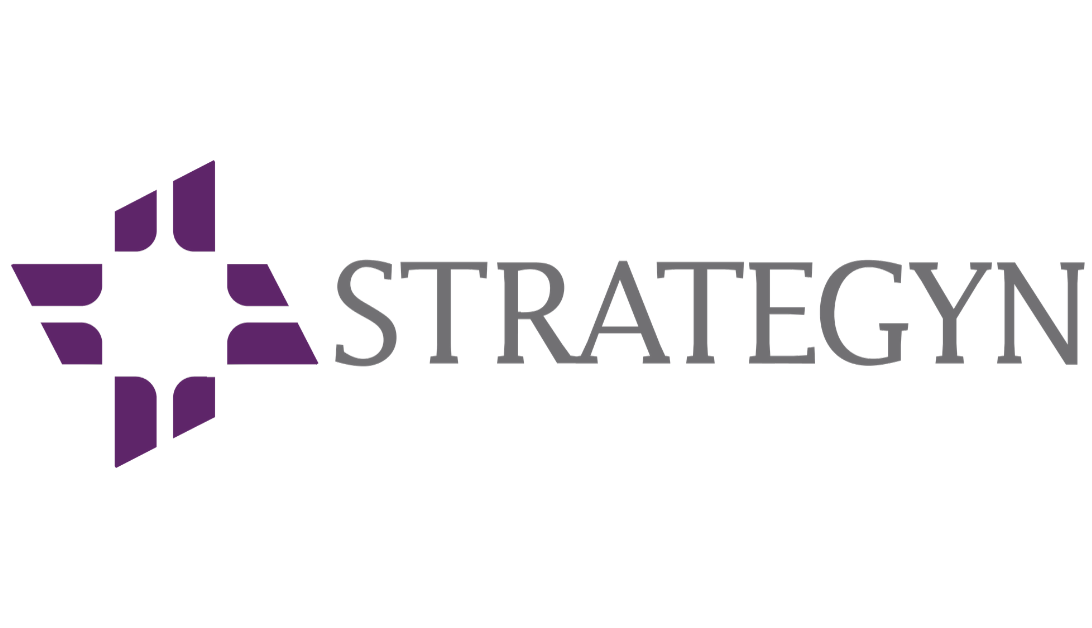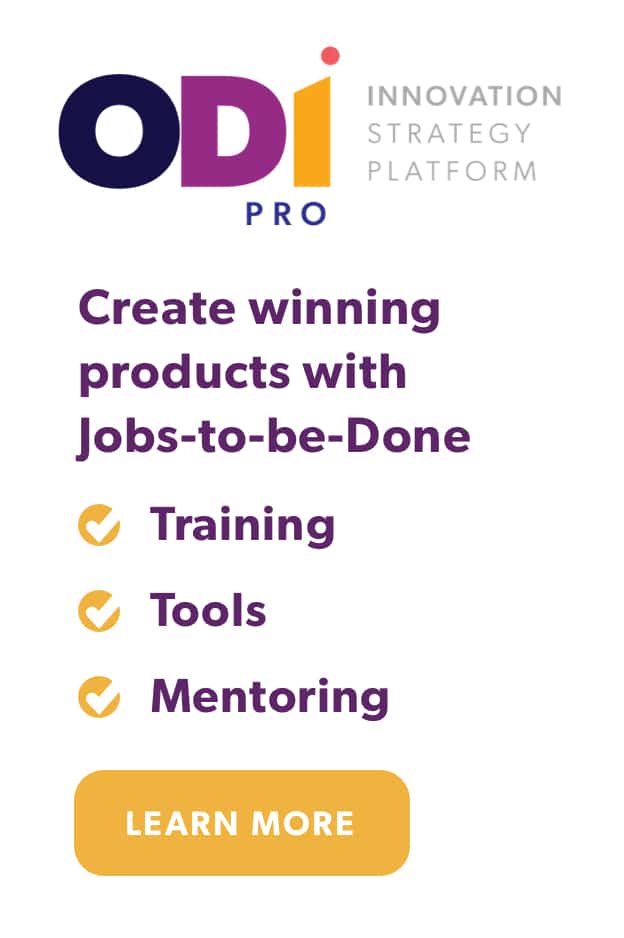I’ve spent my life using frameworks like design thinking and usability testing to build products and features for the likes of Boeing, Honeywell, Tibco, and Stryker.
Yet the first time I attended a Jobs-to-be-Done (JTBD) research session, it was like a lightbulb went on. I had never:
- Seen a customer research session run so beautifully
- Collected such incredibly valuable, data-driven design insights
The potential impact of powering the typical design thinking with more scientific Jobs-to-be-Done research hit me hard.
Design thinking is a powerful set of tools that has helped companies create innovative products all over the world — but the toolset has its limitations. There is a significant opportunity to improve our front-end customer understanding to both enhance our design thinking practice and the products that come out of it.
Here’s why.
Uncover the why instead of the what
The focus of generative research is often on the consumer and solutions. Design thinking uses an observational, human-centric approach, which means that it uses evidence of how consumers (humans) engage with a product or service to uncover pain points.
In other words, design thinking research observes and analyzes what a customer does with our product rather than why they are doing it (i.e. what they are trying to accomplish).
While this approach turns up interesting bits of information, we still lack a broader understanding of the customer’s motivation.
With generative research, customer needs are often not sufficiently analysed, communicated or taken into account at the beginning of the innovation process. This means designers need to spend time researching, interviewing, synthesizing and testing with users in a loop process to define the problem to be solved and the customer needs associated with it.
Without an up-front focus on why the person is solving the problem, the designer is less likely to create a solution the user will actually use.
Customer research that is rooted in Jobs Theory instead seeks to understand what the customer is trying to accomplish, also known as the customer’s job to be done. The JTBD approach refocuses our research so our customers’ why is coming out right upfront. With a focus on the job, JTBD is also solution agnostic, which broadens our understanding of the customer’s needs — and our potential solutions to them.
Clearly define and communicate customer needs
Many innovators will tell you that customers can’t communicate their own needs, which is why designers focus so intently on observing and analyzing their processes and behavior. The truth is customers are experts on and can clearly communicate all about their needs, when we provide them with the right language to do so.
However, there are some significant obstacles we typically face when collecting customer needs:
- Our own teams don’t have a clear definition of what a customer need is.
- Customers are not experts on the solutions to their needs.
Jobs-to-be-Done offers a common language that aligns our own teams around defining, capturing and communicating customer needs. With this common language, we can also equip our customers to better communicate these needs in our research sessions. Using JTBD, we can lift them out of the solution space and talk about what they’re trying to accomplish, as well as how they measure their success along the way.
These insights and quantifications often point directly to options for successful solutions.
A customer problem, precisely-phrased needs, plus measurable value criteria, are the foundation for all needs-based innovation activities.
Customers feedback is often limited to their mental models based on current workflows and constraints.
However, customers are experts in identifying the metrics for getting their job done successfully. When we ask them the right questions, customers can express what jobs they want to get done and what outcomes they want to achieve. This provides precise, solution-free descriptions of their needs which can then be fed into the design process in an unambiguous and practical manner.
Align product and design teams
There’s typically limited collaboration between product and design teams, if it exists at all. I can’t tell you how many times I’ve seen product teams throw a new project over the proverbial wall and tell the design team to bring it to life. Each team conducts its own customer research with its own inputs and results and has its own views on the best path forward.
It’s no wonder there’s little consensus on what the product roadmap should be and how to bring it to life. When timelines and budgets get tight, teams struggle with different viewpoints in determining the right design trade-off decisions.
When we better understand our customers’ needs and how they measure their outcomes, we can align our organizations around developing a more effective solution. We can mitigate the risk of failure by defining our target opportunities with more precision.
Jobs-to-be-Done brings clarity and focus that allows the entire organization to align around a prioritized list of best opportunities for delivering customer value. Thanks to that common language and clear definitions, JTBD helps us to separate the nice-to-haves from the must-haves — and move forward together toward a common goal.
Build the right solutions the right way
Design thinking helps us to deliver solutions in the right way, but it doesn’t allow us to know for certain we’re delivering the right solutions in the first place.
By thoroughly understanding our customers’ needs, JTBD helps us to deliver the right solution to our customers’ challenges. With this insight at the front-end of our innovation process, we can then use design thinking to deliver that solution correctly.
Combining the two approaches gives us the full picture of delivering real customer value. Designers can observe how customers use a product to refine it and improve the consumer’s experience — rather than completing endless rounds of ambiguous research or rumination.
With this insight at the front-end of our innovation process, we can then use design thinking to deliver that solution correctly.
A new lens for immediate value
Switching our focus from observing customer action to understanding what that person is trying to accomplish has been invaluable for my teams. Adding JTBD to the front-end of our design process has given us a completely different lens through which to kickstart our innovation process and add immediate value for our customers.
Combining both Jobs-to-be-Done and design thinking is like putting together pieces of a puzzle that, once assembled, help us to do our jobs better, build better alignment between groups in the organization, and solve many of our daily struggles.
Have you seen the lightbulb yet?




